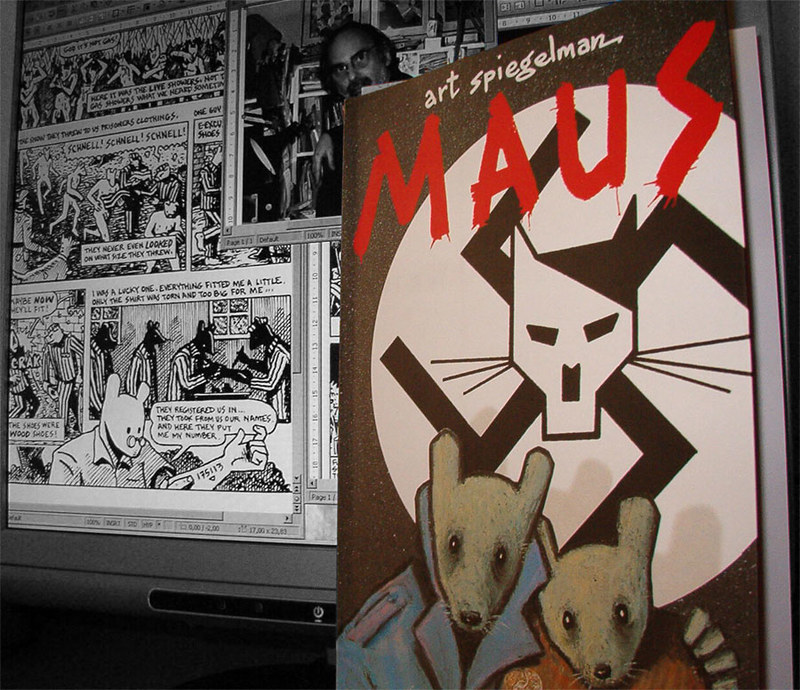Five popular books banned around the US
September 26, 2022
‘MAUS’
Inspiring controversy among U.S. libraries, “MAUS” brought book censorship to the forefront of American politics. Banned due to depictions of physical and sexual violence, “MAUS” provides an accurate description of 1930s Germany. With the Jews portrayed as mice and the Nazis as cats, “MAUS” is easy to understand for historians and readers alike.
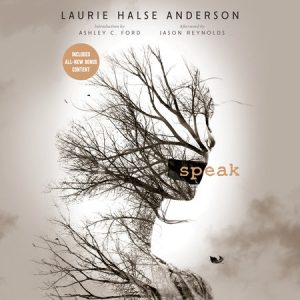 ‘Speak’
‘Speak’
Illustrating the consequences of sexual violence, “Speak” is a poignant reminder of the reality of womanhood. After being raped at a party, the protagonist, Melinda, is forced to choose between silence or speaking out. The consequences of her choice ripple throughout the novel, displaying the daily violence faced by women.
‘Fahrenheit 451’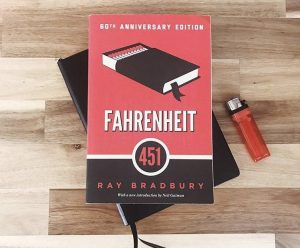
Often challenged due to obscene language and descriptions, “Fahrenheit 451” is an ironic example of the consequences of censorship. Tasked with burning select books, the protagonist, Guy Montag, fights against a futuristic oppressive government. Eerily like today’s government, “Fahrenheit 451” represents the ever-present choice between freedom and ignorance.
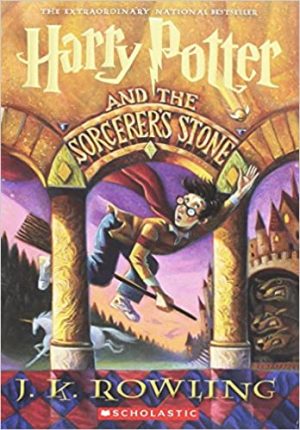 ‘Harry Potter and the Sorcerer’s Stone’
‘Harry Potter and the Sorcerer’s Stone’
Due to its references to magic and the occult, the Harry Potter series was banned in many American schools and libraries. Focusing on The Boy Who Lived, “Harry Potter and the Sorcerer’s Stone” remains controversial because of the author’s transphobic actions. However, the novels still are beloved around the world to this day.
‘The Kite Runner’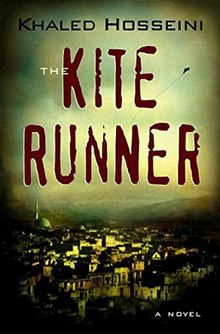
Challenging American ideals of terrorism, “The Kite Runner” remains the fourth most banned book in U.S. libraries. “The Kite Runner” focuses on the 1980s revolution and depicts the decades-long friendship between Hassan and Amir—two boys of different castes in Afghanistan. They live amid the brutality and chaos of an occupied country.


